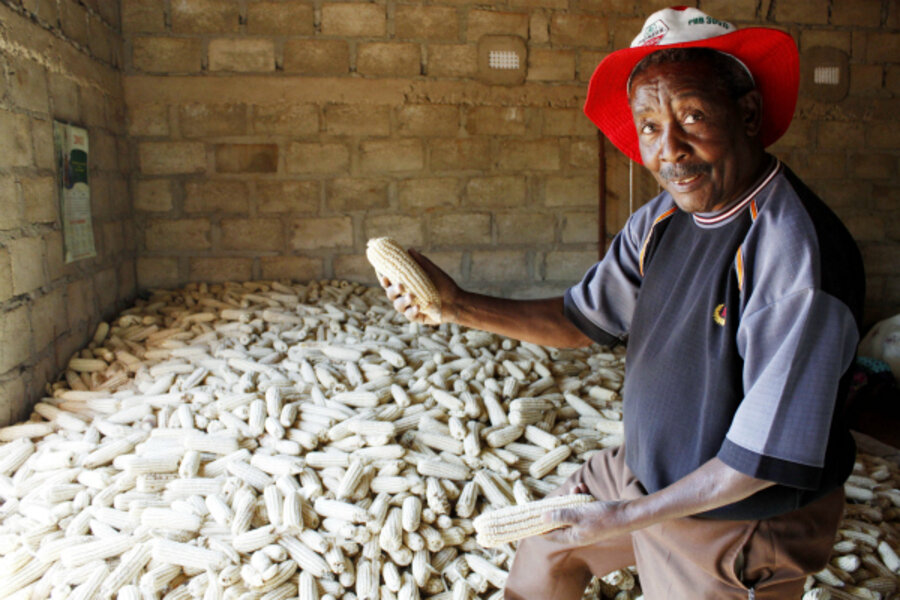In Africa, using ants and termites to increase crop yields
Loading...
With around 1 billion hungry people globally, finding a way to improve crop production remains a challenge.
This is especially true in sub-Saharan Africa. Sub-Saharan Africa faces an extraordinary soil fertility crisis, which decreases crop yield and contributes to food shortages. Local farmers report that they can no longer maintain soil fertility and that harvests are declining 15–25 percent a year. Most farmers expect that within the next five years their harvests will drop by half, and some villages are already dependent on food aid.
One way that farmers are working to increase crop yield, however, is through the use of termites and ants.
IN PHOTOS: Food security in Africa
Recent research conducted by scientists at the University of Sydney reveals that ants could also help farmers increase crop yields. The findings show that termites and ants improve soil fertility in drylands by digging tunnels that allow plants greater access to water.
The research also found that termites provide plants additional nutrients because they increase the amount of nitrogen contained in soil. This is done through nitrogen-heavy bacteria in their stomachs, which allows them to transmit nitrogen into soil through their saliva and feces.
Land that was treated with ants and termites showed a 36 percent increase in the amount of wheat produced. This research gives new scientific insight into how using termites and ants effectively reduces water waste while improving crop yield.
Using termites to improve crop production is widely practiced in Africa. Africa is home to more than 660 species of termites, and while many of them destroy crops, especially exotic crops like maize and sugarcane, farmers in Africa have found innovative ways to integrate termites into their farming systems.
In many parts of West Africa farmers place wood on soil in order to attract termites to the soil. In Burkina Faso, farmers bury manure in holes near newly planted grains in hopes that the manure will attract termites to their soil.
In other parts of Africa farmers are trying similar techniques to use termites as a natural fertilizer. In Malawi, farmers plant bananas next to termite mounds. Similarly, in Uganda, Niger, and Zimbabwe, farmers plant a variety of fruits and vegetables on top of termite nests, while farmers in southern Zambia take soil from termite nests and use it as top soil for their land.
By integrating termites and ants into their agricultural systems, farmers who depend on agriculture for their income and diet are developing low-cost sustainable practices that strengthen crop production while maximizing resources.
• Graham Salinger is a research intern with the Nourishing the Planet project.
• To purchase "State of the World 2011: Innovations that Nourish the Planet" please click HERE. And to watch the one-minute book trailer, click HERE.
• This article originally appeared at Nourishing the Planet, published by the Worldwatch Institute.
• Sign-up to receive a weekly selection of practical and inspiring Change Agent articles by clicking here.







